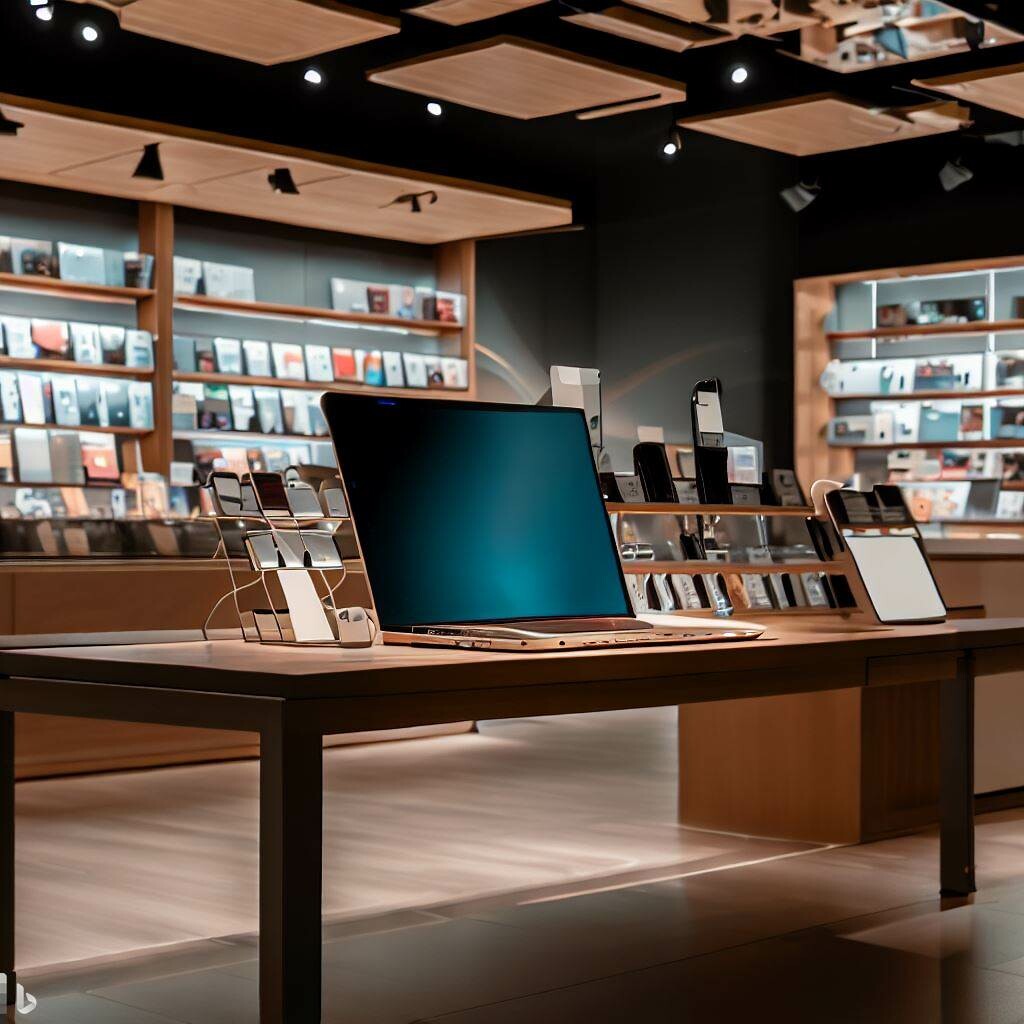
If you’re a retailer, you’ve probably heard of the terms webrooming and showrooming. But do you know what they mean, and how they affect your business? In this blog post, we’ll explain these two shopping behaviors, their differences and similarities, and why it’s important to cater to both types of customers. We’ll also share some statistics and trends related to webrooming and showrooming, and give you some tips on how to design a physical store that appeals to both.
Understanding Webrooming and Showrooming

Detailed explanation of webrooming and showrooming behaviors
Webrooming and showrooming are two opposite ways of using online and offline channels to research and purchase products.
- Webrooming is when a customer researches products online, but buys them in a physical store. For example, a customer might browse different laptops on an e-commerce website, compare prices and features, read reviews, and then visit a nearby electronics store to buy the laptop they want.
- Showrooming is when a customer visits a physical store to see and touch the products, but buys them online. For example, a customer might go to a bookstore to browse different books, check their quality and availability, and then order them from an online retailer at a lower price.
Both webrooming and showrooming are influenced by various factors, such as convenience, price, availability, personal preference, trust, loyalty, and customer service. Customers may choose to webroom or showroom depending on the product category, the urgency of their need, the quality of their online or offline experience, and their perception of value.
Differences and similarities between webrooming and showrooming
Webrooming and showrooming have some similarities and differences. Both behaviors involve using multiple channels to make informed purchase decisions. Both behaviors can benefit or challenge retailers, depending on how they adapt to them. However, webrooming and showrooming also have some key differences:
- Webrooming tends to favor brick-and-mortar retailers, as it drives more traffic and sales to their physical stores. Showrooming tends to favor online retailers, as it reduces the conversion rate and profitability of physical stores.*
- Webrooming is more popular among customers than showrooming. According to a Harris poll, 69% of people webroom, while only 46% showroom.*
- Webroomers are more likely to be loyal customers who value the in-store experience and service. Showroomers are more likely to be price-sensitive customers who value convenience and variety.*
Brief explanation of the importance of catering to both types of customers
Why is it important to cater to both webroomers and showroomers? Because both types of customers can be valuable for your business, if you know how to cater to their needs and expectations. By doing so, you can create a seamless omnichannel experience for your customers that leverages the strengths of both online and offline channels. You can also increase your customer satisfaction, retention, and profitability.
Statistics and trends related to webrooming and showrooming (Infographic)
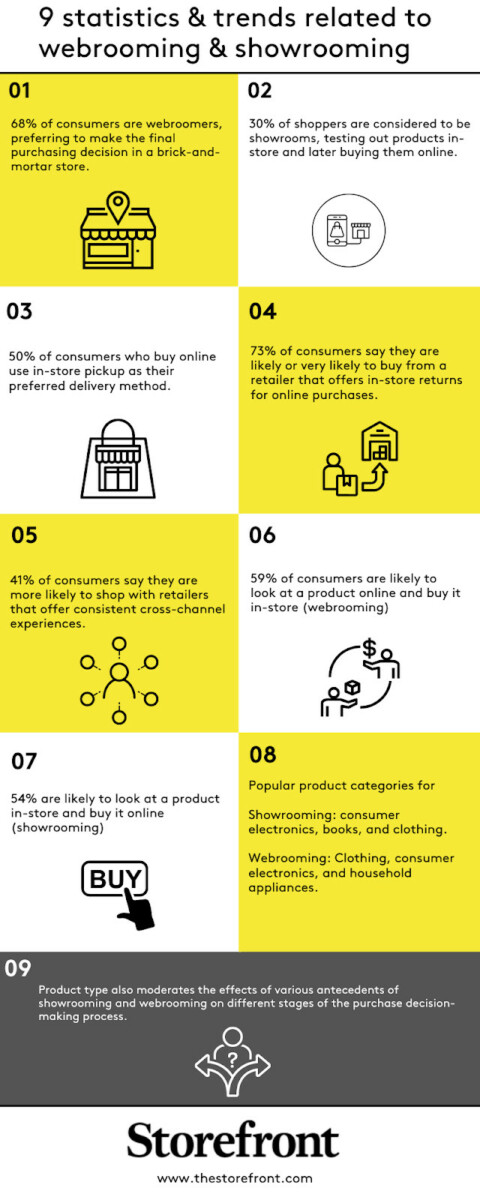
Designing for Webrooming
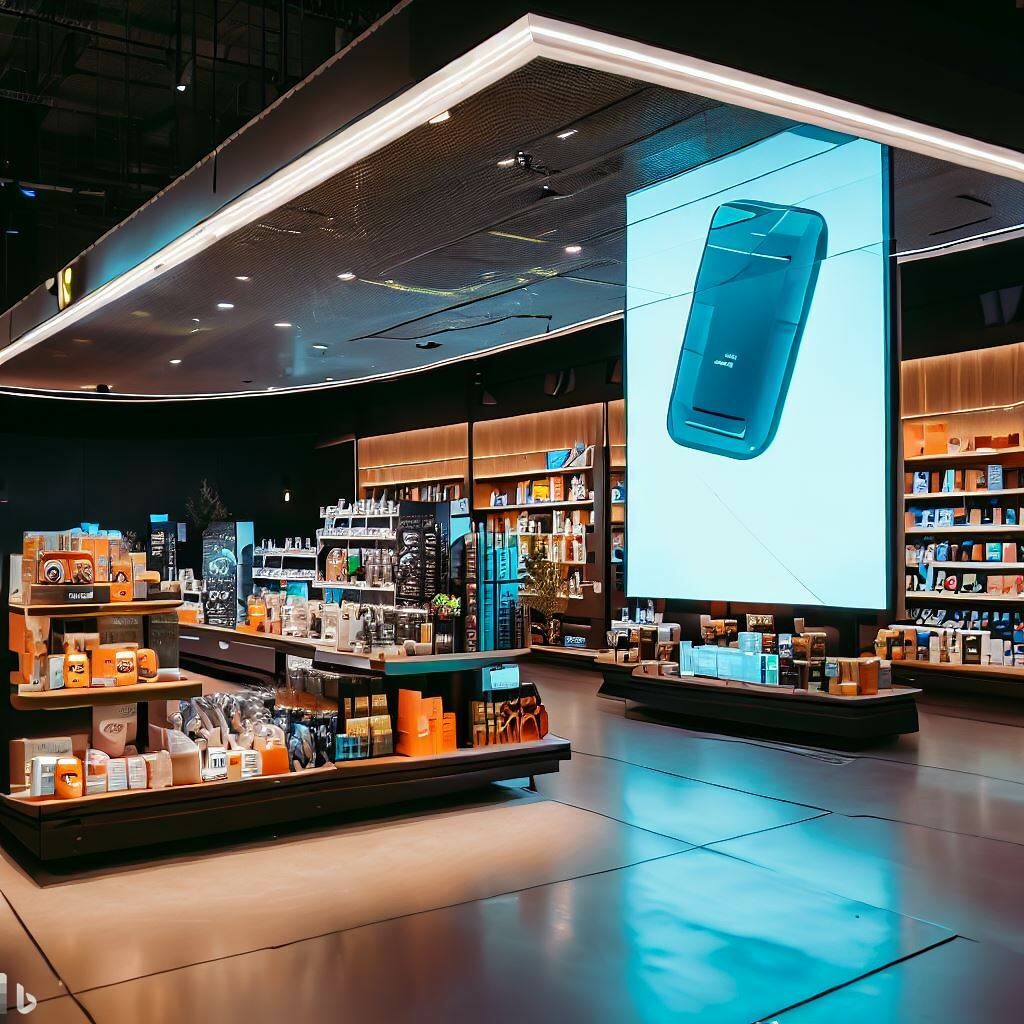
Explanation of what webroomers look for in a physical store
Webroomers are customers who research products online, but buy them in a physical store. They do this because they want to see, touch, and try the products before they buy them. They also want to avoid shipping costs, delays, or damages. They may also value the in-store experience and service, such as getting expert advice, personal assistance, or instant gratification.
Webroomers look for a physical store that offers them the following:
- A wide selection of products that match their online research
- Detailed product information, such as features, benefits, specifications, and reviews
- Competitive prices that match or beat online offers
- High-quality customer service that is helpful, knowledgeable, and friendly
- A convenient location that is easy to access and has ample parking
Strategies for appealing to webroomers
As a retailer, you want to attract webroomers to your physical store and convert them into buyers. Here are some strategies for appealing to webroomers:
- Provide detailed product information. Webroomers have done their homework online, so they expect to find the same or more information in your store. You can provide detailed product information by using signs, labels, brochures, QR codes, NFC tags, or tablets that link to your website or app. You can also use interactive displays or demos that allow customers to see and test the products in action.
- Offer price matching. Webroomers are savvy shoppers who compare prices online and offline. To prevent them from leaving your store without buying, you can offer to match the price of any online competitor for the same product. This way, you can show your customers that you value their business and that you’re confident in your products’ quality and value.
- Ensure high-quality customer service. Webroomers appreciate the human touch that online shopping lacks. You can ensure high-quality customer service by training your staff to be helpful and knowledgeable about your products, services, and online resources. You can also empower them to use mobile devices or tablets to assist customers with online research, ordering, or payment. This way, you can build trust and rapport with your customers and provide them with personalized service.*
Designing for Showrooming
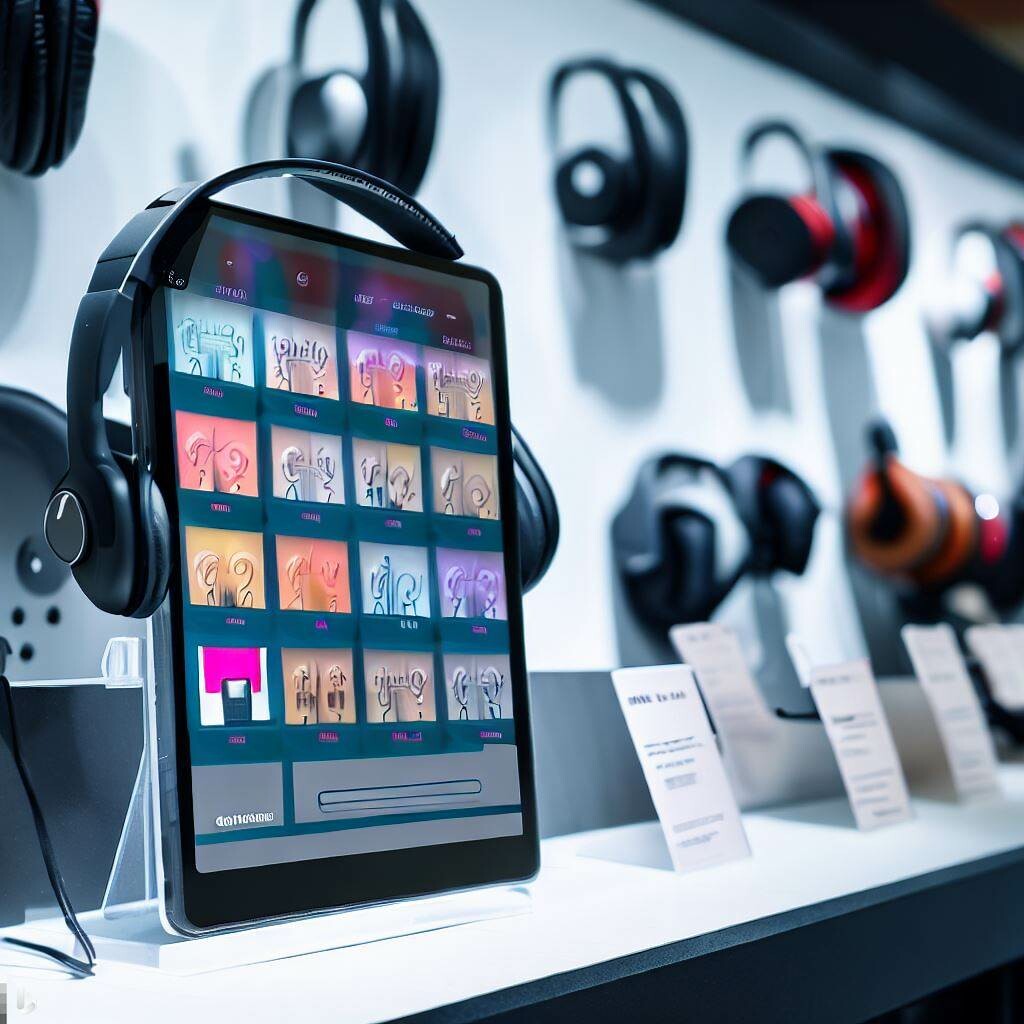
Explanation of what showroomers look for in a physical store
Showroomers are customers who visit a physical store to see and touch the products, but buy them online. They do this because they want to find the best deals, the most variety, and the most convenience online. They may also want to avoid sales pressure, crowds, or long lines in-store.
Showroomers look for a physical store that offers them the following:
- A wide variety of products for comparison and evaluation
- A hands-on experience with products that allows them to test their quality, functionality, and fit
- A seamless online-to-offline experience that connects them to your online channels and offers
Strategies for appealing to showroomers
As a retailer, you want to attract showroomers to your physical store and convert them into online buyers. Here are some strategies for appealing to showroomers:
- Offer a wide variety of products for comparison. Showroomers are curious shoppers who like to explore different options and features before they buy. You can offer a wide variety of products for comparison by displaying different models, sizes, colors, or brands of the same product category. You can also use signs, labels, brochures, QR codes, NFC tags, or tablets that link to your website or app to provide more information and reviews about your products.
- Provide a hands-on experience with products. Showroomers are tactile shoppers who like to see and touch the products before they buy. You can provide a hands-on experience with products by using interactive displays or demos that allow customers to see and test the products in action. You can also encourage customers to try on, wear, or use the products in your store. You can also offer free samples, trials, or consultations to showcase your products’ benefits and value.*
- Ensure a seamless online-to-offline experience. Showroomers are savvy shoppers who like to switch between online and offline channels before they buy. You can ensure a seamless online-to-offline experience by integrating your physical and digital channels and offers. You can do this by using QR codes, NFC tags, or tablets that link to your website or app to enable customers to order, pay, or check out online from your store. You can also offer free Wi-Fi, mobile-friendly content, online coupons, loyalty programs, or social media campaigns to drive more engagement and sales.*
Balancing the Needs of Webroomers and Showroomers
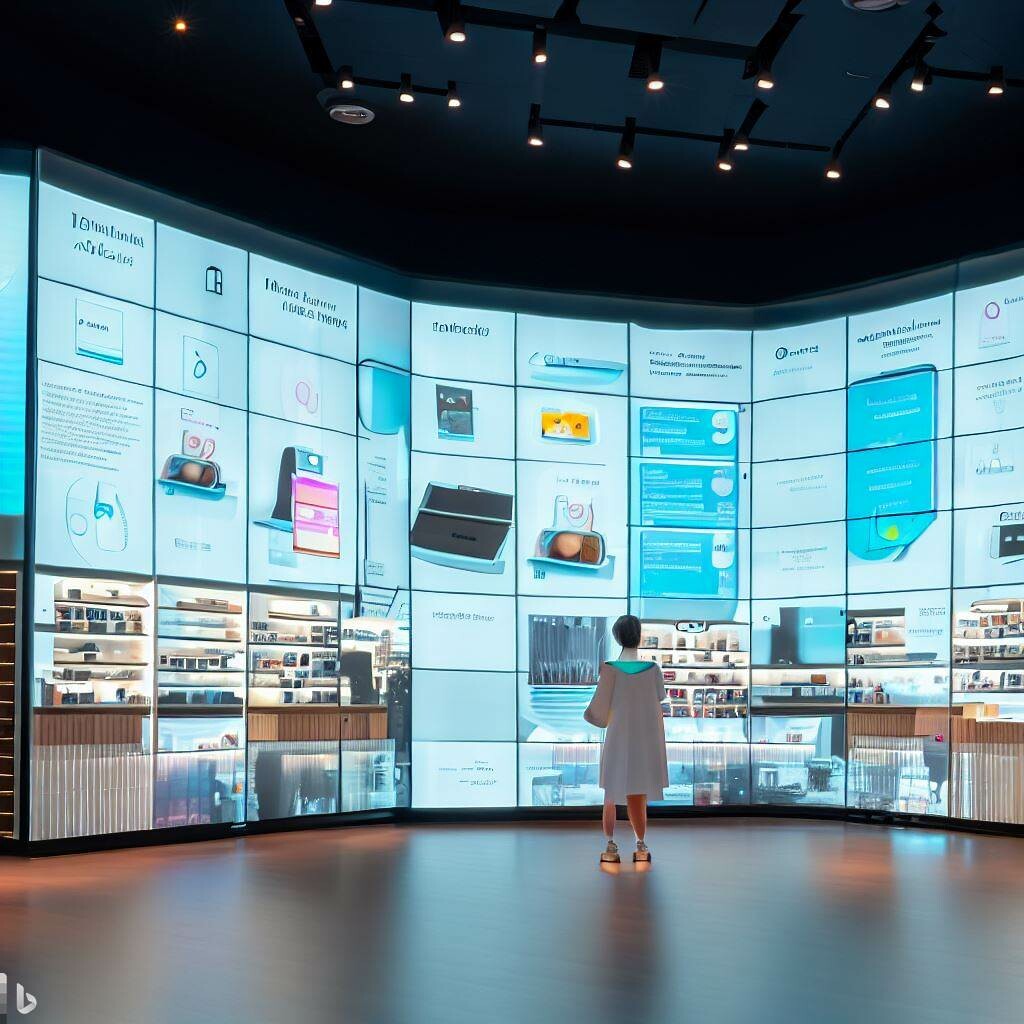
Discussion on how to balance the needs of both types of customers
As a retailer, you may wonder how to balance the needs of both webroomers and showroomers, who have different preferences and expectations when it comes to online and offline shopping. The key is to create a seamless omnichannel experience that integrates your physical and digital channels and offers. This way, you can cater to both types of customers and provide them with the best of both worlds.
An omnichannel experience is one that is consistent, convenient, and personalized across all touchpoints, from your website to your app to your store. It allows customers to switch between channels as they please, without losing any information or functionality. It also allows you to collect and use customer data to tailor your products, services, and communications to their needs and preferences.
By creating an omnichannel experience, you can balance the needs of webroomers and showroomers in the following ways:
- You can attract webroomers to your physical store by offering them incentives, such as discounts, coupons, loyalty rewards, or free samples, that are only available in-store. You can also offer them in-store pickup and returns for online orders, which can save them time and money.
- You can attract showroomers to your online store by offering them incentives, such as free shipping, price matching, or online exclusives, that are only available online. You can also offer them online ordering and payment options from your store, which can save them hassle and hassle.
- You can retain both webroomers and showroomers by offering them a high-quality customer service that is helpful, knowledgeable, and friendly across all channels. You can also offer them a personalized shopping experience that is based on their online behavior, purchase history, preferences, and feedback.*
Strategies for creating a store design that caters to both
As a retailer, you may wonder how to create a store design that caters to both webroomers and showroomers, who have different needs and expectations when it comes to online and offline shopping. The key is to incorporate digital elements in your store design that enhance your physical products and services. This way, you can create a hybrid store that appeals to both types of customers and provides them with the best of both worlds.
A hybrid store is one that combines the advantages of online shopping (such as convenience, variety, information) with the advantages of in-store shopping (such as tangibility, interaction, service). It uses digital technologies, such as QR codes, NFC tags, tablets, or interactive displays, to connect customers to your online channels and offers. It also uses physical elements, such as products, signs, brochures, or demos, to showcase your in-store products and services.
By creating a hybrid store design, you can cater to both webroomers and showroomers in the following ways:
- You can provide detailed product information by using QR codes or NFC tags that link to your website or app where customers can find more information and reviews about your products. You can also use tablets or interactive displays that allow customers to see and test the products in action.
- You can offer flexible purchase options by using QR codes or NFC tags that link to your website or app where customers can order, pay, or check out online from your store. You can also offer in-store pickup and returns for online orders.
- You can provide personalized shopping experiences by using QR codes or NFC tags that link to your website or app where customers can access their personal accounts, preferences, recommendations, or loyalty programs. You can also use tablets or interactive displays that allow customers to customize their products or services.*
Case Studies
Examples of successful retailers who have managed to cater to both webroomers and showroomers
To illustrate how retailers can cater to both webroomers and showroomers, here are some examples of successful retailers who have done so:
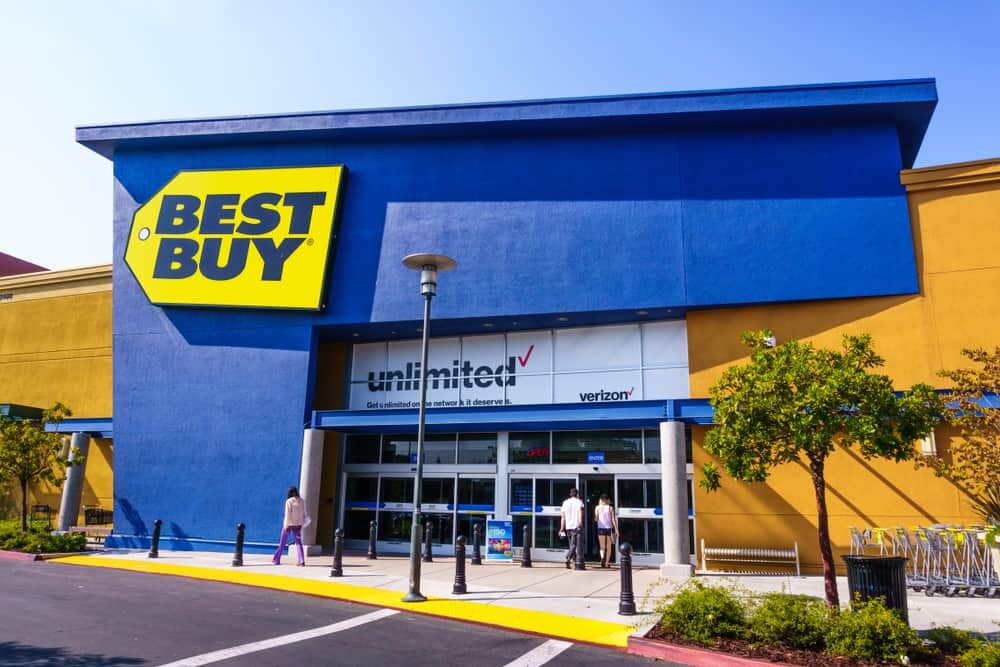
Image source: https://www.thecoldwire.com/does-best-buy-price-match/
- Best Buy. Best Buy is an electronics retailer that faced the threat of showrooming, as customers would visit its stores to see and test the products, but buy them online from competitors like Amazon. To counter this, Best Buy implemented a price-matching policy, which guarantees to match the price of any online or local competitor for the same product. It also improved its customer service, by training its staff to be more knowledgeable and helpful, and by offering free in-store consultations and installations. It also enhanced its online presence, by offering free shipping, in-store pickup, and online exclusives. As a result, Best Buy increased its sales, customer loyalty, and market share.*
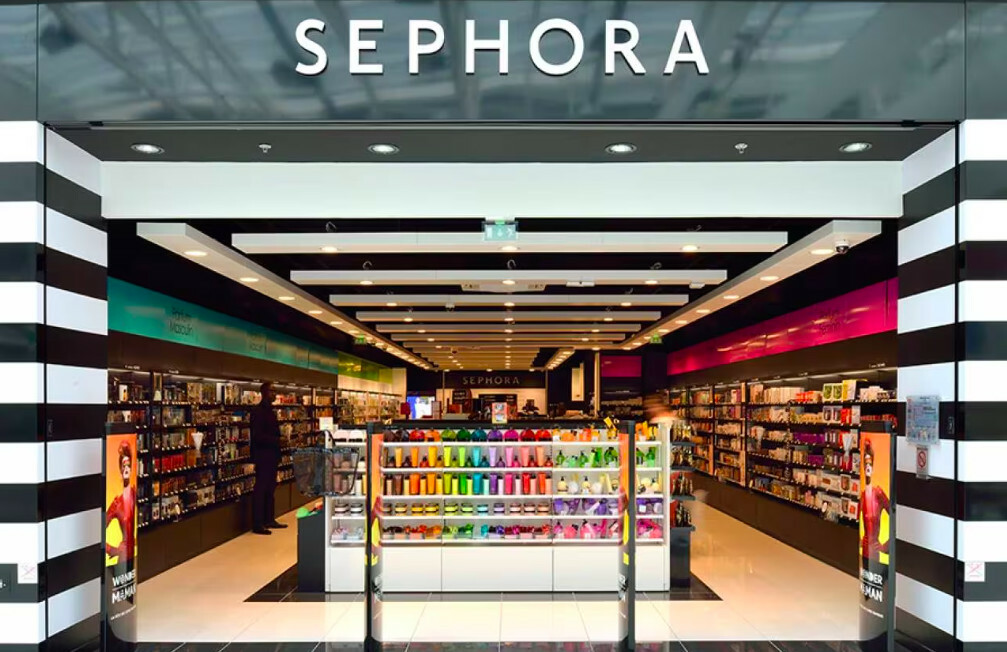
Image source: https://www.sephora.fr/
- Sephora. Sephora is a beauty retailer that leveraged both webrooming and showrooming to create a seamless omnichannel experience for its customers. It used digital technologies, such as QR codes, NFC tags, tablets, and interactive displays, to connect its physical and digital channels and offers. It also created a digital showroom concept, called Sephora Flash, which allows customers to see and try the products in-store, but order them online from its website or app. It also offered flexible purchase options, such as free shipping, in-store pickup, and returns. It also provided personalized shopping experiences, by using customer data to tailor its products, services, and communications to their needs and preferences.*
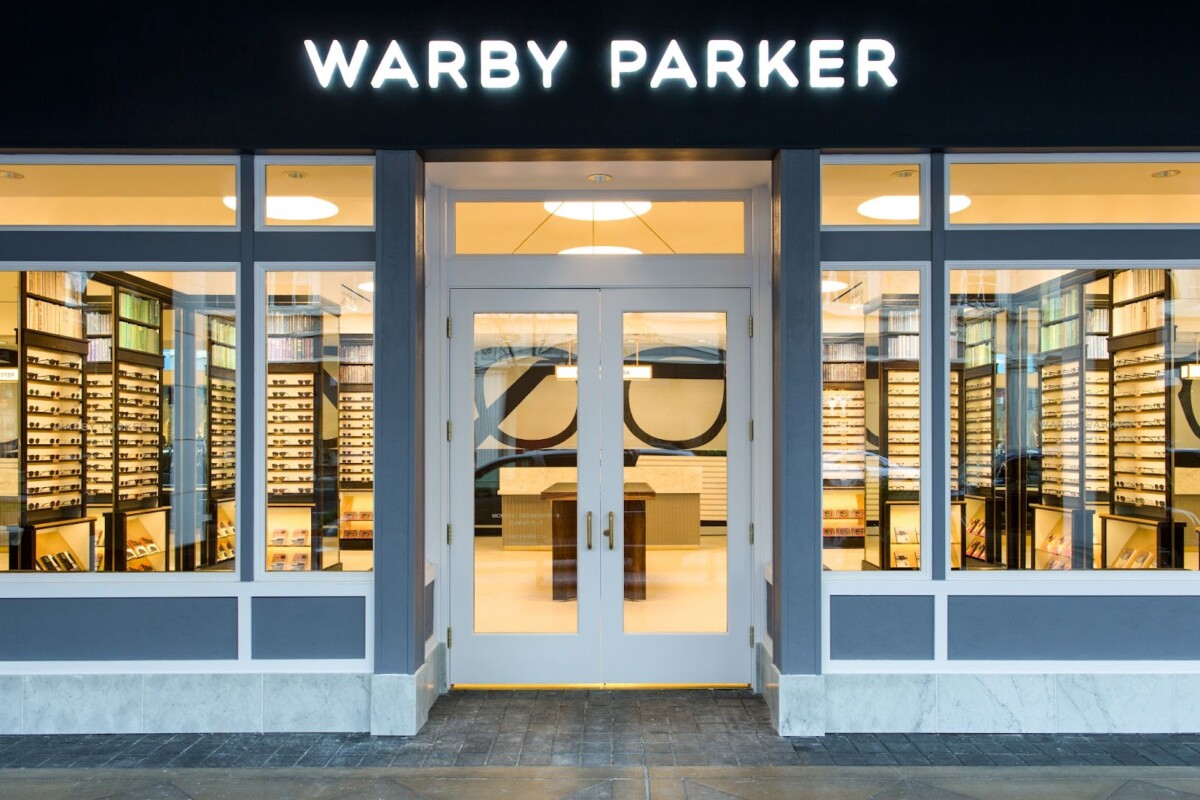
Image source: https://wwd.com/business-news/financial/warby-parker-ipo-1234903426/
- Warby Parker. Warby Parker is an eyewear retailer that started as an online-only business, but later expanded to physical stores. It used webrooming and showrooming to create a hybrid store model that combines the advantages of online and offline shopping. It offered a wide variety of products for comparison and evaluation, both online and offline. It provided a hands-on experience with products, by allowing customers to try on glasses in-store or at home with its free home try-on program. It ensured a seamless online-to-offline experience, by integrating its physical and digital channels and offers. It also offered competitive prices, free shipping, free returns, and social impact initiatives.*
Lessons learned from these case studies
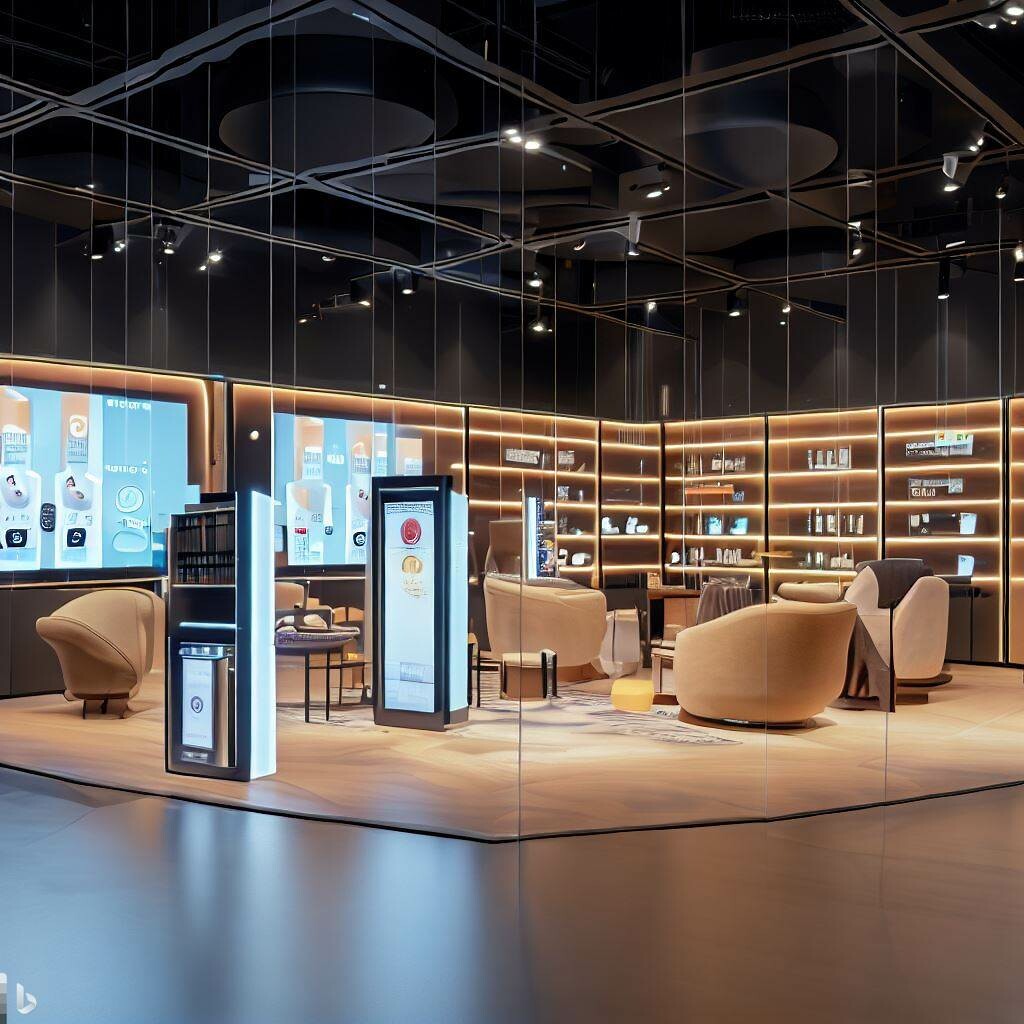
From these case studies, we can learn some lessons on how to cater to both webroomers and showroomers:
- Offer price matching to prevent customers from leaving your store without buying.
- Provide detailed product information across all channels to help customers make informed purchase decisions.
- Offer flexible purchase options that suit customers’ convenience and preferences.
- Provide high-quality customer service that is helpful, knowledgeable, and friendly across all channels.
- Incorporate digital elements in your store design that enhance your physical products and services.
- Create a digital showroom concept that allows customers to see and try the products in-store, but order them online.
- Provide personalized shopping experiences that are based on customer data and feedback.*
Conclusion
Webrooming and showrooming are two opposite but complementary shopping behaviors that reflect the changing preferences and habits of modern customers. As a retailer, you should not ignore or resist these behaviors, but embrace and leverage them to create a seamless omnichannel experience for your customers. By doing so, you can increase your customer satisfaction, retention, and profitability.
To cater to both webroomers and showroomers, you need to design a physical store that appeals to both. You can do this by:
- Offering price matching to prevent customers from leaving your store without buying.
- Providing detailed product information across all channels to help customers make informed purchase decisions.
- Offering flexible purchase options that suit customers’ convenience and preferences.
- Providing high-quality customer service that is helpful, knowledgeable, and friendly across all channels.
- Incorporating digital elements in your store design that enhance your physical products and services.
- Creating a digital showroom concept that allows customers to see and try the products in-store, but order them online.
- Providing personalized shopping experiences that are based on customer data and feedback.
We hope this blog post has given you some insights and tips on how to design a physical store that appeals to both webroomers and showroomers. If you’re ready to take your store design to the next level, contact us today and let us help you find a store that meets the needs of both types of customers.
We have the expertise, experience, and tools to help you find a store that stands out from the crowd and drives more sales. Don’t miss this opportunity to grow your business and delight your customers. Contact us now, and let’s get started!
Frequently Asked Questions
Webrooming is the practice of conducting online product research before visiting a brick-and-mortar store to buy an item. Some possible reasons why consumers engage in webrooming are:
- They want to compare prices, features, reviews, and availability of different products online before making a final decision in the store.
- They want to enjoy the benefits of shopping in a physical store, such as seeing and touching the products, getting expert advice, avoiding shipping costs and delays, and having the option to return or exchange items easily.
Showrooming is the act of researching products in a physical store before buying them online. It can also refer to a low or zero inventory marketing strategy retailers use in brick-and-mortar stores to create a more experiential, less transactional environment.
According to a study by Retail Dive, the two most popular product categories for showrooming are electronics and clothing, while the two most popular product categories for webrooming are grocery and household essentials.
Retailers can prevent showrooming by offering competitive prices, exclusive products, loyalty programs, personalized service, and seamless omnichannel experiences. They can also use mobile marketing strategies to engage customers in-store and offer incentives to buy from them.
Retailers can leverage showrooming and webrooming by adopting the following strategies:
- Embrace omnichannel marketing: Retailers should integrate their online and offline channels and provide a consistent and seamless customer journey across touchpoints.
- Offer value-added services: Retailers should offer services that add value to the customer experience, such as free shipping, in-store pickup, easy returns, warranties, etc.
- Provide personalized recommendations: Retailers should use customer data and analytics to provide personalized recommendations based on their preferences, behavior, and purchase history.
- Create engaging content: Retailers should create engaging content that educates, entertains, and inspires customers, such as product reviews, videos, blogs, social media posts, etc.
- Encourage social proof: Retailers should encourage customers to share their feedback, ratings, reviews, photos, etc. on social media and other platforms to increase trust and credibility.
Showrooming and webrooming affect consumer behavior and decision making by influencing the following factors:
- Information search: Consumers use online and offline sources to gather information about products, prices, features, reviews, etc. before making a purchase decision.
- Evaluation of alternatives: Consumers compare different products and brands based on various criteria such as quality, value, convenience, etc. before choosing one.
- Purchase intention: Consumers form an intention to buy a product based on their evaluation of alternatives and their perception of the retailer’s offer.
- Purchase behavior: Consumers decide whether to buy a product online or in-store based on their purchase intention and other situational factors such as availability, urgency, etc.
- Post-purchase evaluation: Consumers evaluate their satisfaction with the product and the retailer after making a purchase and may share their feedback or repeat their purchase in the future.
Showrooming and webrooming come with both advantages and challenges for retailers.
Some of the benefits are:
- Deeper customer interactions: Retailers can build relationships with customers online and in person, and provide them with relevant information and assistance.
- Increased store space: With showrooming, retailers can reduce inventory costs and use their physical stores as experiential spaces that showcase their products and brand values.
- Enhanced customer loyalty: With webrooming, retailers can attract customers who value convenience, trust, and support, and encourage them to buy from their local stores.
- Higher conversion rates: With both showrooming and webrooming, retailers can leverage the power of online and offline channels to influence customer decision making and increase sales.
Some of the challenges are:
- Price competition: Retailers may lose customers to online competitors who offer lower prices or better deals.
- Customer expectations: Retailers need to meet the high expectations of customers who research products online and expect consistent quality, availability, and service across channels.
- Technology investment: Retailers need to invest in technology that enables them to provide seamless omnichannel experiences, such as mobile apps, websites, POS systems, inventory management, etc.
Sources:
https://www.shopify.com/retail/showrooming-webrooming
https://www.qudini.com/webrooming-vs-showrooming/
https://www.business2community.com/strategy/evolution-consumer-behaviour-webrooming-v-s-showrooming-0168794
https://www.mytotalretail.com/article/how-to-build-better-relationships-with-webrooming-and-showrooming-customers/
https://localiq.com/blog/ways-to-appeal-to-your-target-audience/
https://www.forbes.com/sites/forbescommunicationscouncil/2020/01/23/how-to-appeal-to-clients-without-really-marketing-your-services-11-expert-tips/
https://endearhq.com/blog/showrooming-webrooming
https://fitsmallbusiness.com/showrooming-and-webrooming/
https://www.businessinsider.com/how-best-buy-escaped-the-retail-apocalypse-2019-4
https://www.forbes.com/sites/retailwire/2017/05/10/sephora-a-brand-that-knows-how-to-showroom-and-webroom/
https://www.retailtouchpoints.com/features/executive-viewpoints/warby-parker-a-case-study-in-omnichannel-retailing
https://www.emerald.com/insight/content/doi/10.1108/MIP-08-2020-0351/full/html





